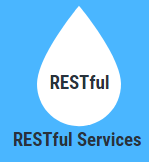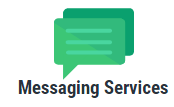Updated June 21, 2023
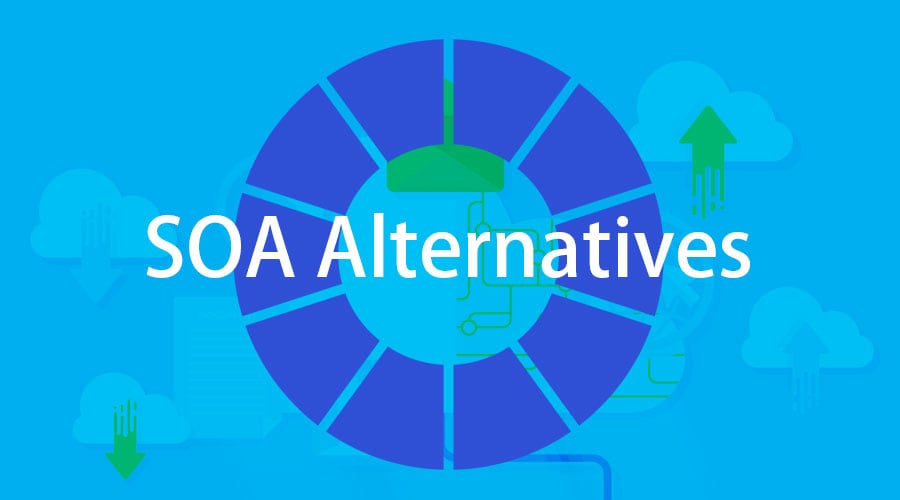
Introduction to SOA Alternatives
SOA is often called Service Oriented Architecture, which is a software design model that enables establishing a common protocol for communicating or establishing information exchange across different applications. The main principle of implementing SOA alternatives is that it does not depend on any technology, specification, product, vendor, or application. It works independently based on a common medium of message exchanging format. SOA was initially used in the year 1988. There have been a lot of alternatives nowadays for Service Oriented Architecture.
SOA: SOA is a technology-independent software design that gives more flexibility in developing multiple applications in multiple technologies based on their requirement. The best possible and efficient technologies and their features can be utilized according to the complexity of needs. It provides interoperable services and includes software components, legacy systems, and message-processing features into a unique blend of paradigms.
List of the Best SOA Alternatives
Now we will look into different SOA alternatives, which are as follows:
 1. Microservices
1. Microservices
Microservices is an architectural model used to develop applications based on the design structure, and it makes the application as loosely coupled independent services. In the microservices architecture, all the application services are lightweight and easy to develop and maintain. It is an architectural pattern in the area of software design. It enables the continuous integration, delivery, and refactoring of the application in an easier manner. The applications will be small in size and complexity. It provides a focused model on a unique business requirement.
Microservices architecture development involves multiple technologies and can be used as an alternative to Service Oriented Architecture. Microservices architecture can be considered a special alternative to Service Oriented Architecture. The maintenance cost can be reduced, the load distribution can be correctly maintained, and the application’s performance can be increased, providing reusability. Different categories, such as Infrastructure, Software, or Data as a Service, can be applied.
 2. Web Services
2. Web Services
The Web Services are based on standard specifications such as HTTP, SOAP, XML, etc. The interaction of different web applications is based on the standards of messaging format. The web services are generally XML format based, and all the exchange of information is based on XML messages. The web services can interact with each other, are developed based on different technologies, deployed on different servers, and are openly available over the internet, depending on the access mechanism.
This is the best SOA alternative, as web services like XML and HTTP have different components. The other components involved are SOAP (Simple Object Access Protocol), WSDL (Web Services Description Language), and UDDI (Universal Description, Discovery, and Integration). The XML tags the data; SOAP transfers the message to a different medium. WSDL describes the services based on availability. The different advantages of web services are low-cost operations, interoperable services, standard protocols and specifications, and loosely coupled, easy-to-maintain RPC support. The different roles of Web Services are Service Provider, which is the web service provider, Service Requestor, which is a web service consumer; and Service Registry, which is a centralized service directory to identify the services.
3. RESTful Services
The RESTful services are web services based on the REST (Representational state transfer) architecture. RESTful web services usually are highly scalable, lightweight, and easily maintainable. RESTful services are commonly used to create APIs (Application Programming Interfaces) for web-based applications. RESTful services are based on web standards and specifications that use HTTP protocol and its standard methods. The different types of HTTP methods which can be used along with RESTful services are GET, POST, PUT, DELETE, etc.
RESTful services are usually and mainly popularly developed using Java Programming language. The RESTful services always treat any content on its service as a resource. The format of message representation of RESTful service is JSON, text, XML, etc. An HTTP protocol is the medium of communication between the client and the server. The message exchange will be in the form of HTTP requests and responses, which can also be authenticated using any security method. An HTTP request typically contains a request header, request body, URI, verb, and HTTP version. An HTTP response usually contains a response header, response body, response code, and HTTP version. All the available different methods of HTTP can be used in the RESTful services.
4. Messaging Services
The Messaging services are also called Message Brokers or Messaging Queues, which is a kind of architectural pattern for message transformation, validation, and routing efficiently and effectively. The different types of messaging systems are JMS, ActiveMQ, RabbitMQ, etc. JMS (Java Message Service API) is a Java-based messaging system for transmitting messages among multiple clients. ActiveMQ is an Apache-based message broker for Java-based applications to establish communication between client and server efficiently. RabbitMQ is also a message broker, open source-based, and message-oriented middleware. The latest messaging system with high fault tolerance and scalability is Kafka, an Apache-based application. The messaging services enable the establishment of communication among different applications or components.
The messaging systems enable loosely coupled applications and provide reliability and asynchronous transmission features. The Messaging services provide complete coordination among the distributed applications. The benefits of Messaging services are improved performance, scalability, decoupling of various services, easy development, maintenance, and migration to serverless components. The different Messaging services available apart from the above are Amazon Web Services (AWS) Simple Queue Service (SQS), IBM MQ, JBoss MQ, Open Message Queue, Oracle Message Broker, TIBCO, SAP PI, Microsoft Azure Service Bus.
Comparisons of SOA Alternatives
Following are the top comparisons of SOA Alternatives:
|
Features |
SOA |
Microservices |
Web Services |
RESTful Services |
Messaging Services |
|
Pricing |
Free |
Free |
Free |
Free |
It depends on the application server |
|
Message Format |
XML |
Depends on technology (XML/JSON) |
SOAP-based WSDL (XML) |
JSON |
It depends on messaging service and is mostly based on text |
|
Security Features |
Yes |
Yes (depends on the provider) |
Yes |
Yes (third party) |
Depends on server |
|
Technology Stack |
Less |
More compared to SOA |
Less |
Less |
More |
| Scalability |
Less |
More |
More |
More |
Depends on server |
Recommended Articles
This has been a guide to SOA Alternatives. Here we have discussed the basic concept and list of best SOA alternatives, along with a comparison. You may also look at the following articles to learn more:
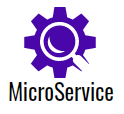 1. Microservices
1. Microservices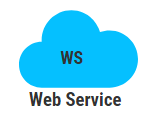 2. Web Services
2. Web Services